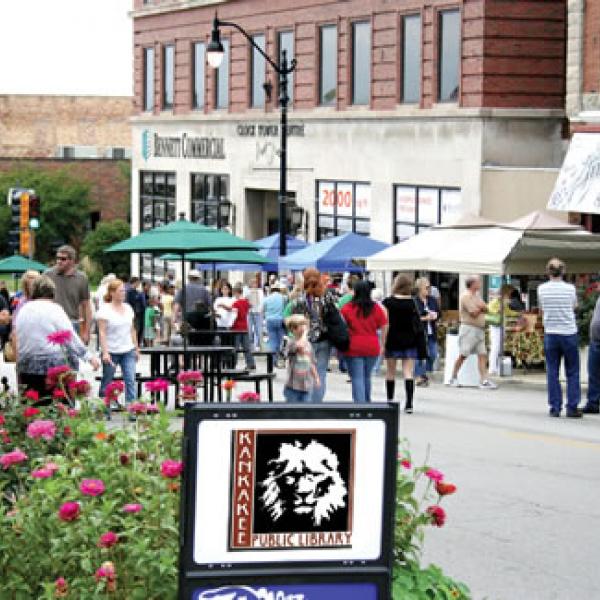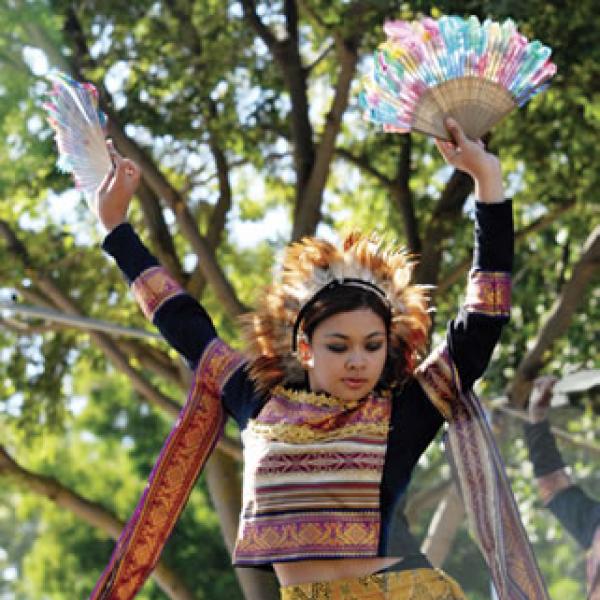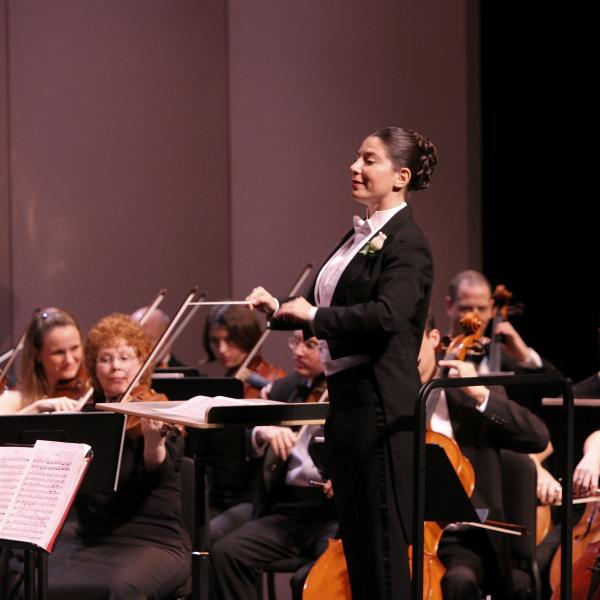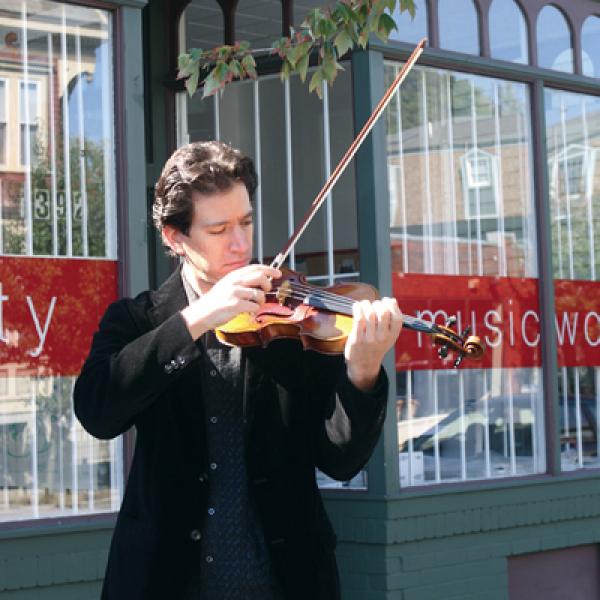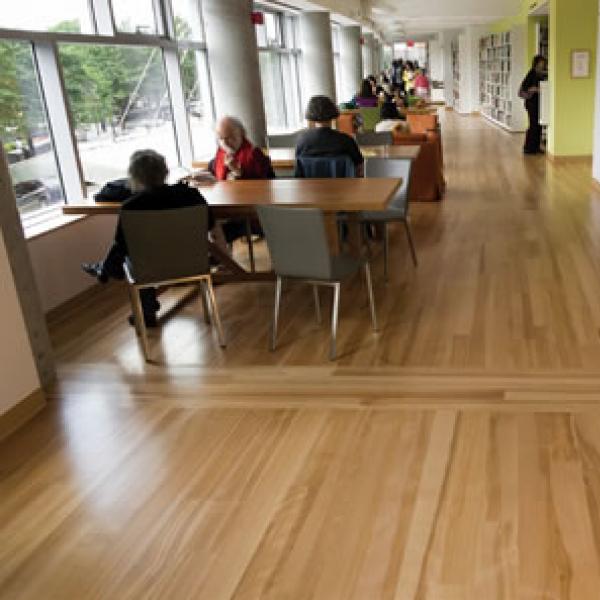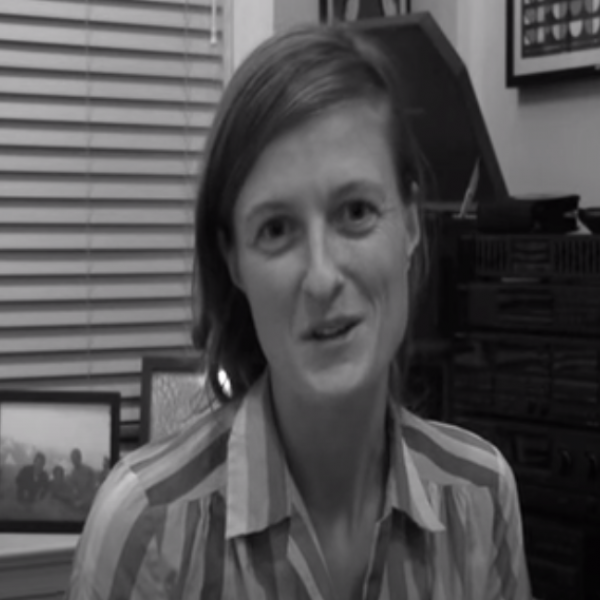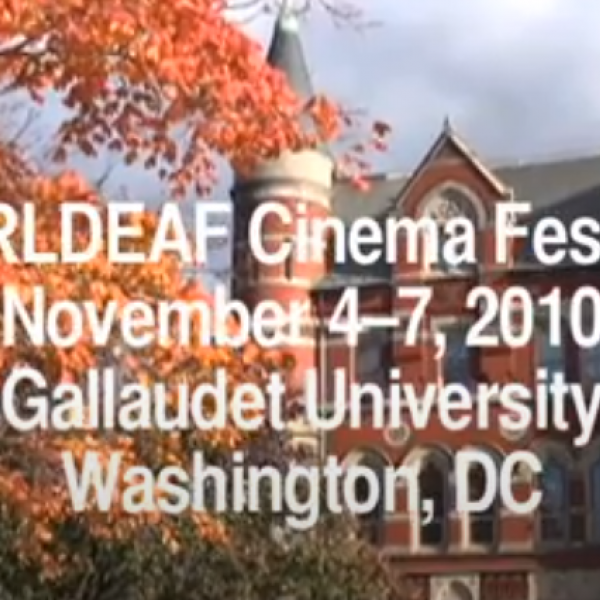New Orleans Stories
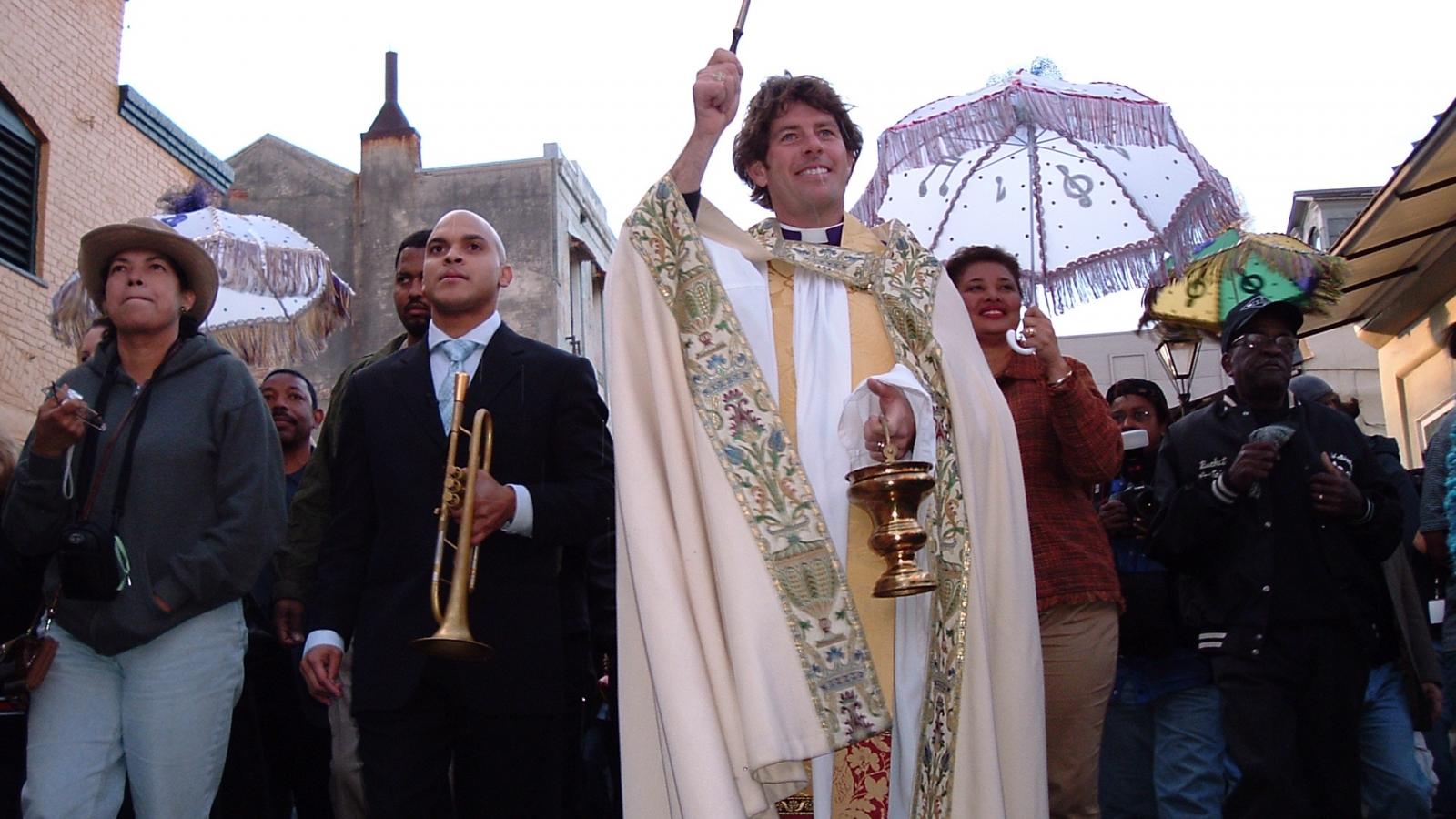
Irvin Mayfield, Jr. (second from left) in the “second line” with Reverend Dean David Duplantier in New Orleans. Photo by Episcopal News Service
Whether it's the legendary jazz clubs, magnificent architecture, or literary lineage, the arts are intricately woven into the fabric of New Orleans. To better understand this symbiotic relationship, we spoke with musician Irvin Mayfield, Jr. (also a National Council of the Arts member), Lusher Charter School CEO Kathy Riedlinger, and Arts Council of New Orleans Interim Director Mary Len Costa.
Irvin Mayfield, Jr.
Grammy award-winning trumpeter and bandleader Irvin Mayfield, Jr., a New Orleans native, wears many hats, including artistic director of the New Orleans Jazz Orchestra, proprietor of Irvin Mayfield's Jazz Playhouse, and cultural ambassador of the City of New Orleans.
On what makes New Orleans New Orleans "In New Orleans, we say the holy trinity is architecture, food, and jazz. The architects, musicians, and the culinary folks, we love each other. We talk to each other, and we kind of know what our role is in the community, and it's really serious. What I'm really trying to say is that I think the music and the art are at the center of things in New Orleans, at the core. I don’t think it's seen like that in other places."
On the arts in New Orleans post-Hurricane Katrina "New Orleans is constantly changing. I don't think it just has to do with Katrina….[that's] just one example where we had to take a look and say, okay, everything is different. How do we start over? And then we started saying, well, some of it may have been good but we don't want to necessarily do that again. And some stuff we absolutely have to make sure we protect because we can't lose it no matter how high the flood waters are. So I think Katrina, tsunamis, earthquakes, all these things are going to happen, and it's always going to make you redefine how you live. If you redefine how you live then, of course, you’re redefining the culture and when you do that, art is going to change."
On the responsibility of the community to the artist "I think the community's job is to make sure it protects and celebrates its great art because that’s how we grow as a society. That's how we grow as a group of people. I think it's something that people can see as being ancillary, but we all know that great societies lose their way when culture gets lost."
On fostering deeper connections between community and arts "I would say the key is individual investment. A lot of people want to support institutions…but great art is created by individual artists. Support your artists. Support the people."
Kathy Riedlinger
As CEO of Lusher Charter School, an arts-integrated public school, New Orleans native Kathy Riedlinger oversees a diverse population of 1,630 students in grades K-12. With 20 teaching artists on staff, the school's curriculum includes a range of creative disciplines and the opportunity for students to complete a Certificate of Artistry program.
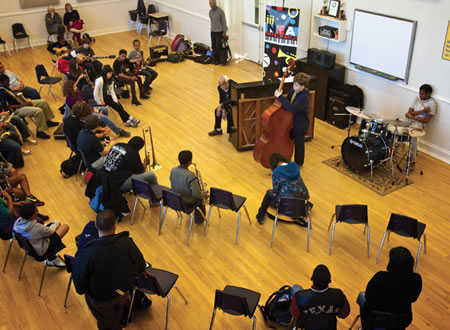
Lusher Charter School brings in artists—such as NEA Jazz Master Barry Harris (seated at piano)—to mentor the school’s musical ensembles. Photo courtesy of Lusher Cahrter School |
On using Georgia O'Keeffe to teach math "The arts are not only useful to learn in and of themselves, but also they're quite useful in learning other content areas. For example, my seventh-grade math class…can study ratio and proportions by using regular math techniques. Or they can study the work of Georgia O'Keeffe, and they study ratio and proportions by taking a good look at her work. And for some kids it really brings [the concepts] to life and gives real life experience to the idea."
On the arts in New Orleans post-Hurricane Katrina "I think that there's a long history of the arts being a special part of the culture and tradition in New Orleans. Most recently and probably most poignantly for me would be the role that the arts played in our rebirth and comeback…. I think that the arts are used in good times and the arts are used in bad. They're used in times of great joy and times of great sorrow. I watched our kids and our staff draw on those strong arts traditions—whether it was their writing, their painting, their music, their acting, their singing—they drew on those emotions and that expression to both grieve the losses they had and to celebrate the joy they felt in…rebuilding the community that they lost. When it comes to feeling the joy of the arts and the value of the arts and the strength of the arts, I don't think I've ever felt it as strong as I feel it now and the meaning of it now and the worth of it now and the strength of it now."
On the role of the artist in the community "I went to the five-year celebration of Hurricane Katrina and what a celebration—of where we have been and where we are going. It was a celebration of sustainability. Without the arts, it would have been people like me standing up and talking; it would have lasted 15 minutes. But because of the arts you could feel it…. You could revisit the past, feel the present, and be hopeful for the future…. The community needs the artist to put feeling and inspiration into what we need to do."
On how the arts build culture "[The arts] build tradition; they build cultur1. It's hard to build culture around algebra and geometry. I mean those traditional academic subjects are wonderful, but for me I'm really happy that we build culture around the arts. When you think about building a culture what better way to get community together than through the arts."
Mary Len Costa
Arts administrator Mary Len Costa is not a New Orleans native, but she might as well be. Costa, a textile designer, moved to New Orleans from Memphis more than 40 years ago. As she explains, "I came for the history of the arts." She currently serves as the interim director of the Arts Council of New Orleans. Here’s Costa’s take on the arts in New Orleans.
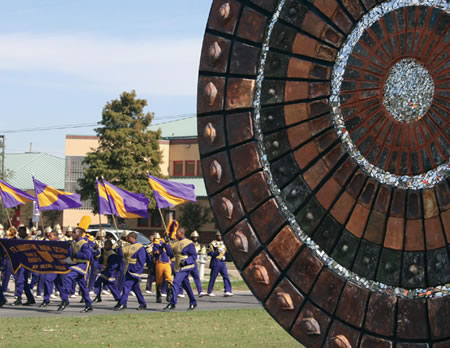
Rashida Ferdinand’s Mandala is in the foreground as the Saint Augustine Marching Band goes by. Photo courtesy of Arts Council of New Orleans |
On the arts in New Orleans post-Katrina "Before the storm we had an e-mail list that went out to our public art artists that was about 600 artists. That list, since the storm, has grown to 3,000, and it's not just for public art. I would say at least 50 percent of them are new [to New Orleans]…. The Brookings Institute just did an overview of the arts of New Orleans at five years after Katrina, and they said there's an even stronger presence of arts and culture in New Orleans. That’s always been the greatest asset of the city, not only in providing for a higher quality of life for those people who are here, but also as a source for tourism. It's what people come to New Orleans for.
A lot of them are new people who've come in who want to be in the Ninth Ward, who want to be in the Lower Ninth Ward, connecting with Musician's Village, which was a Habitat for Humanity project with Branford Marsalis and Harry Connick, Jr. And so they want to be in that neighborhood. They want to be close to those people. Visual artists have come back and established nonprofits. They've opened galleries. They're doing projects. There’s one called NoLA Rising, who's just now gotten permission from the Corps of Engineers to start working with communities all down the levee wall, and paint [a mural] on the levee wall."
On the role of the artist in the community…and vice versa "Artists are asking for help with connecting with the city government on the approval process or public process, with finding community leaders so that they'll know who to talk to about doing something in the neighborhood…. I think the artist and the community are both responsible to each other. There’s something like 168 neighborhood organizations in New Orleans. And for some of them to join together and create these cultural districts has been remarkable. And I think that really speaks highly of the respect that there is there for one to the other, how the artist is able to contribute to the community and how the community is able to contribute to the artist. You could go to the Freret Street cultural district. There's a theater opening there. There’s a glass studio that's open. There's a clay studio that’s going to open any day now. There's a neighborhood market once a month. There are other artists who are moving in there, and then there are people who are going in and redoing buildings as work/live spaces…. Seeing that growth, that takes the responsibility of the neighborhood organization to do it."


